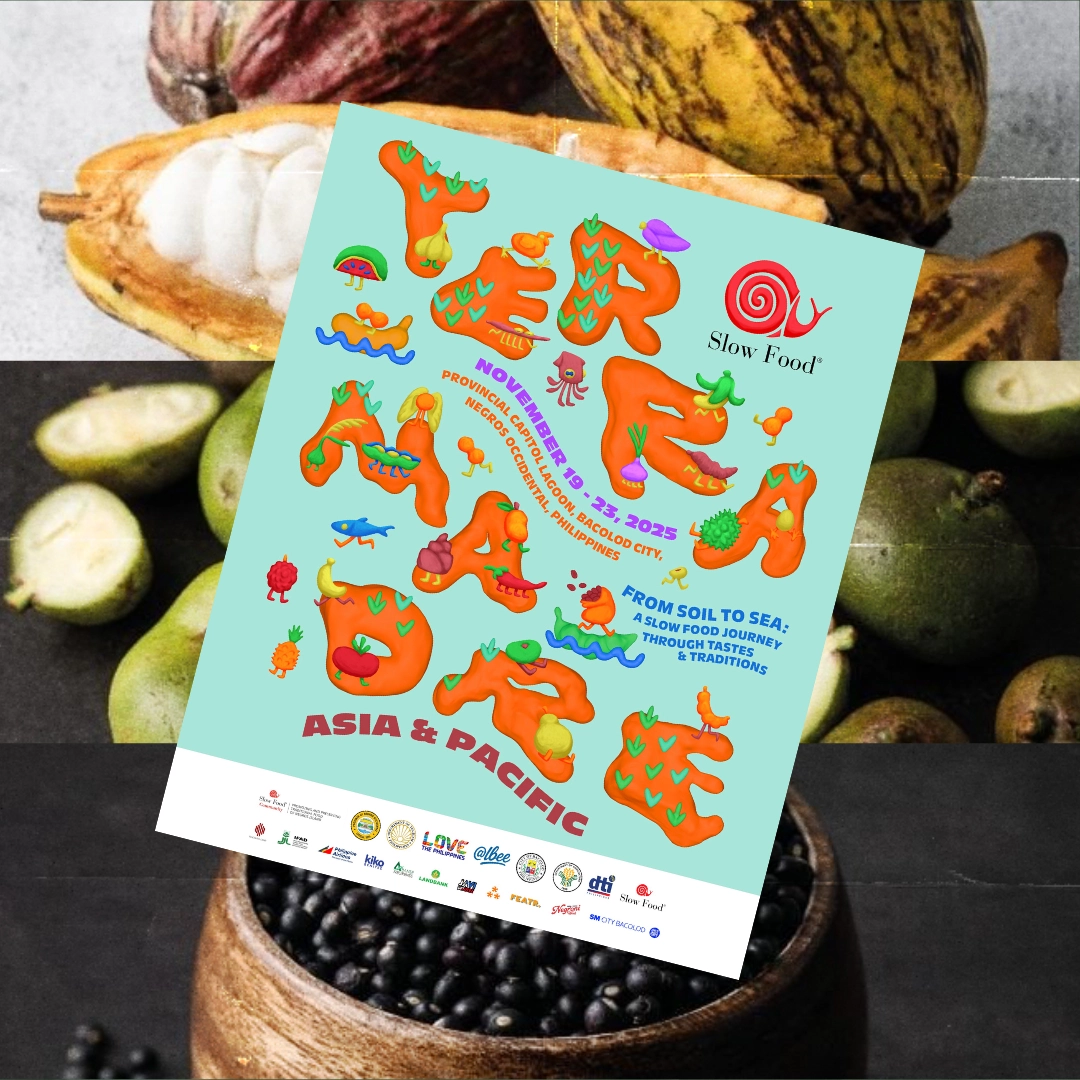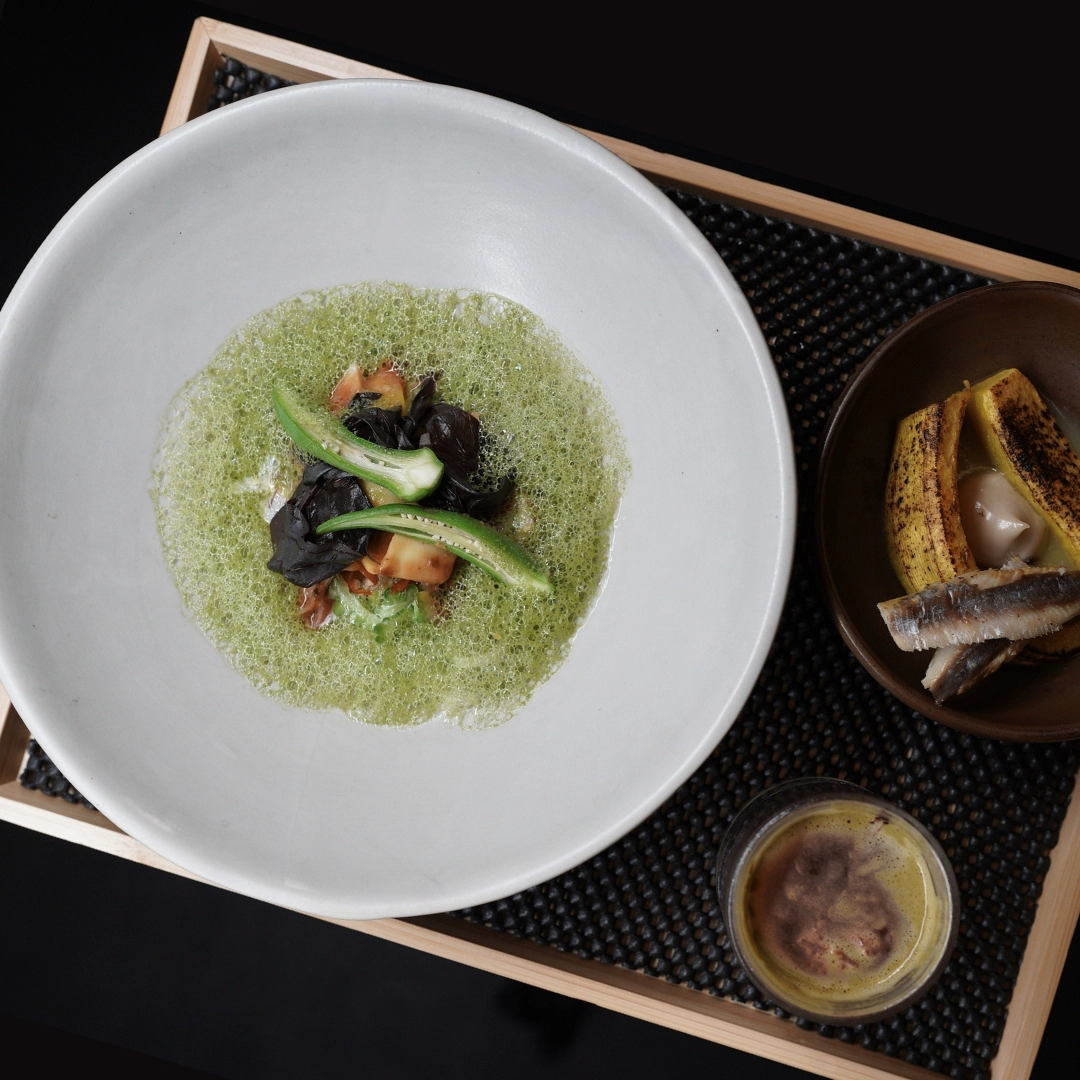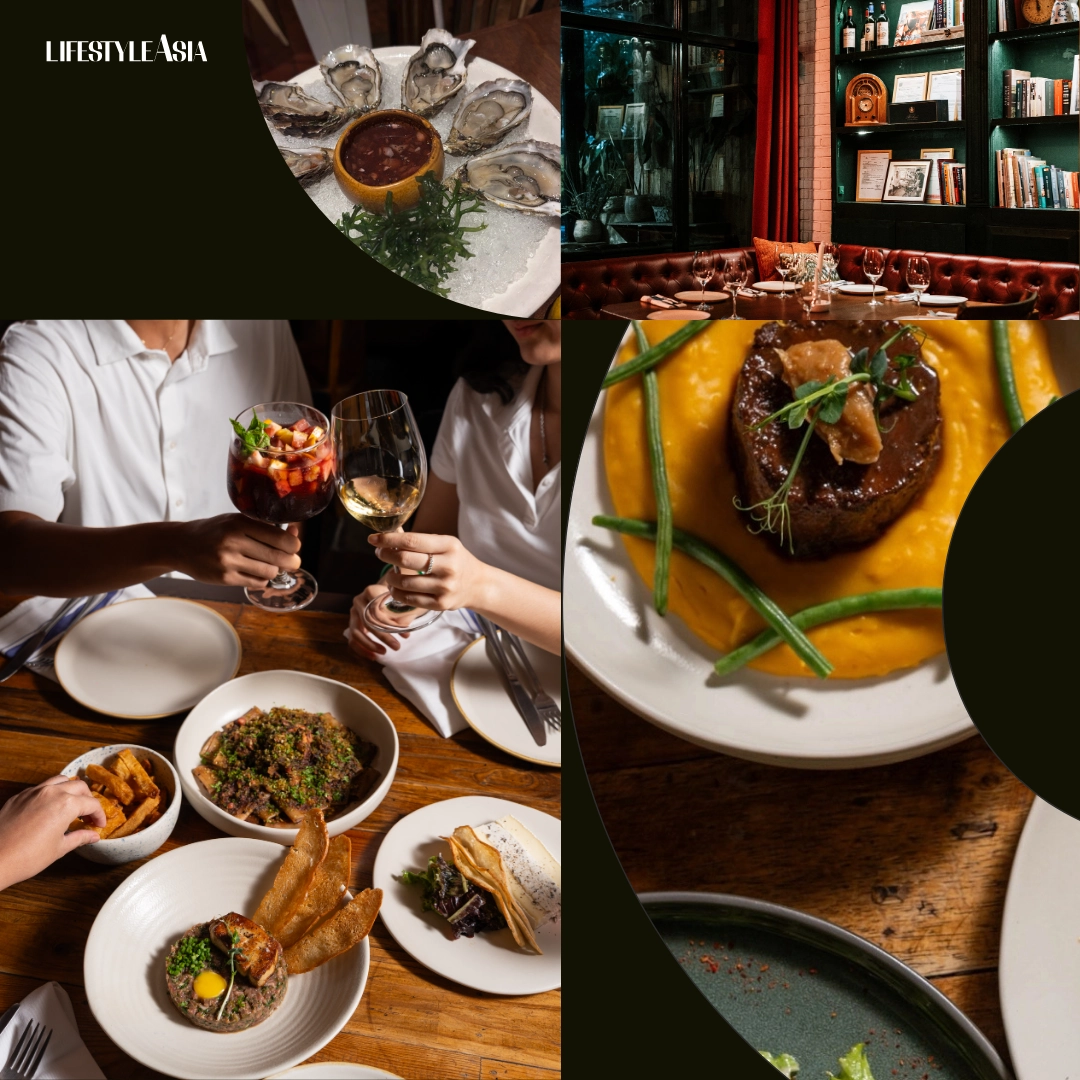Kai Yulo of (Super)Natural Wine and Paolo Monasterio of Bombvinos walk us through the history, myths, and how-tos of the booming natural wine movement.
Beginners looking for a welcoming wine experience can explore what the industry calls “natural wines.” This term might seem confusing or even redundant: aren’t all wines natural? Not exactly. Kai Yulo and Paolo Monasterio, co-founders of leading natural wine distributors (Super)Natural Wine and Bombvinos, respectively, explain the distinction best.
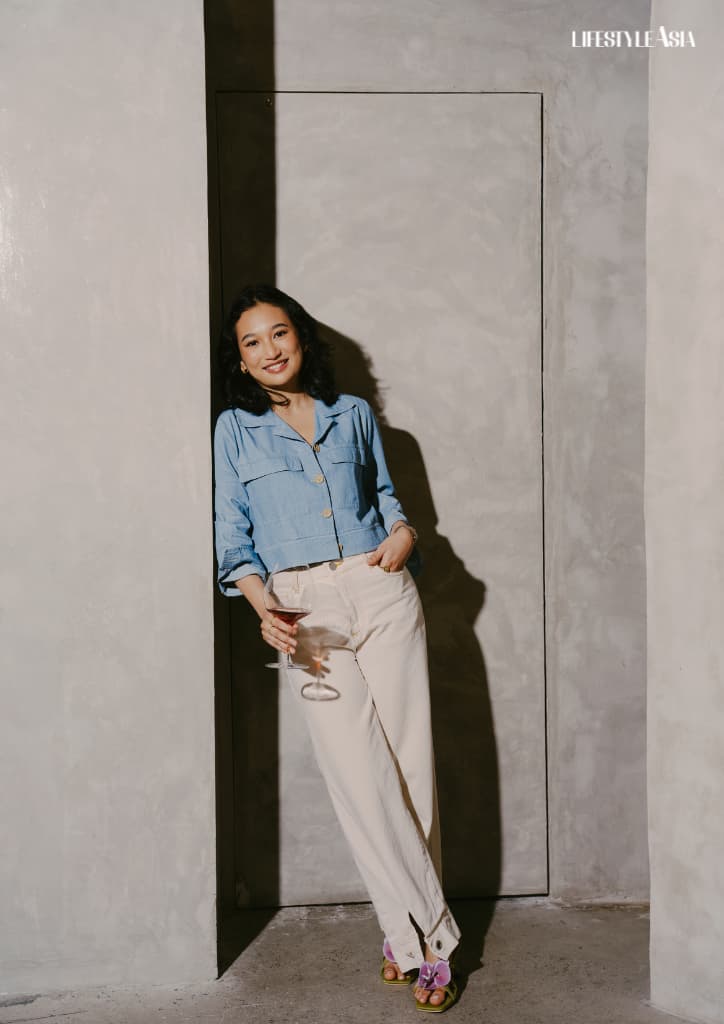
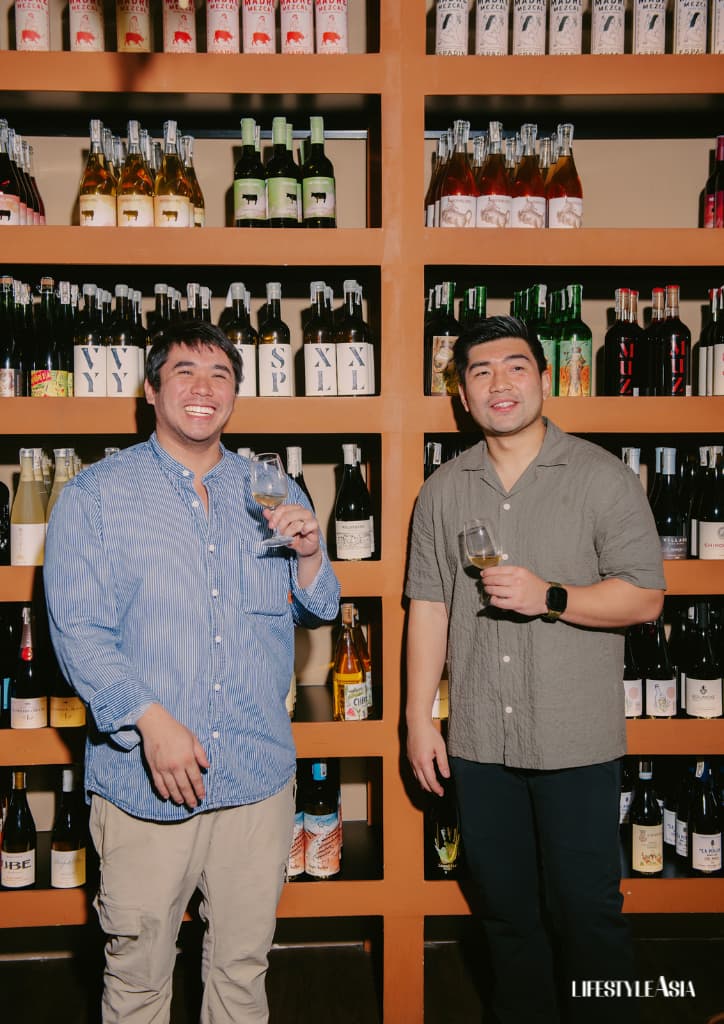
READ ALSO: Demystifying The Bottle
What Are Natural Wines?
“I like to think of natural wines as wine in its purest form—nothing added, nothing taken away,” Kai shares. This is an important distinction, as some conventional wines contain up to 60 different additives. Natural wines, on the other hand, focus on letting the grapes shine exactly as they are.
“It starts with how the vines are grown: without synthetic pesticides or fertilizers, respecting the rhythms of nature. The grapes are handpicked in small batches and fermented with indigenous yeasts, allowing the wine to develop in a way that’s unique to each bottle.”
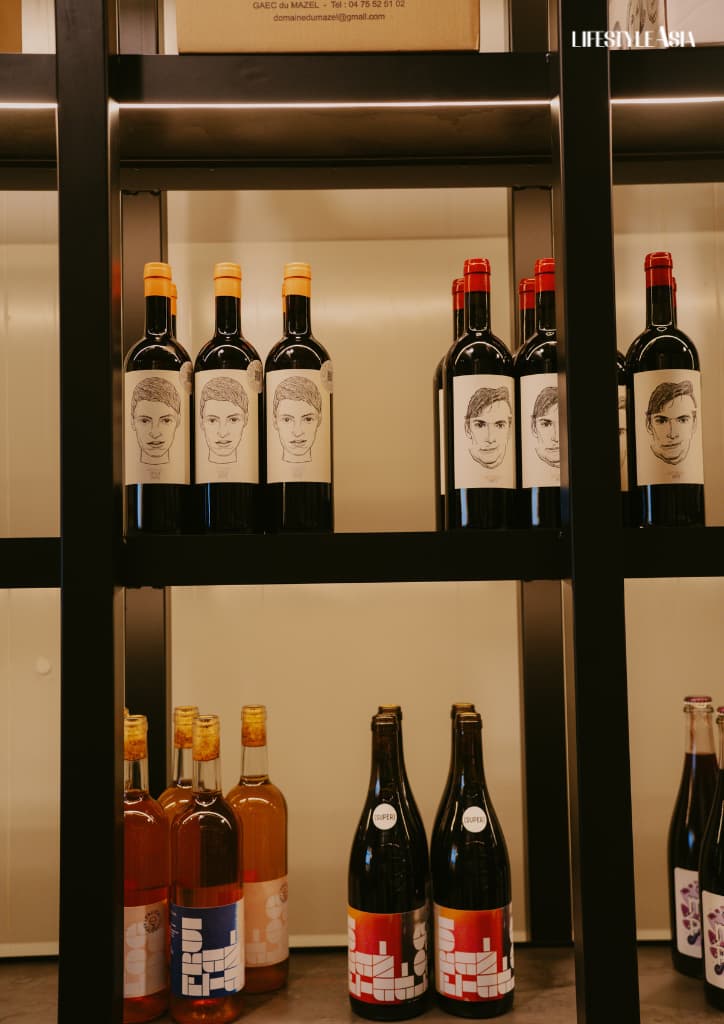
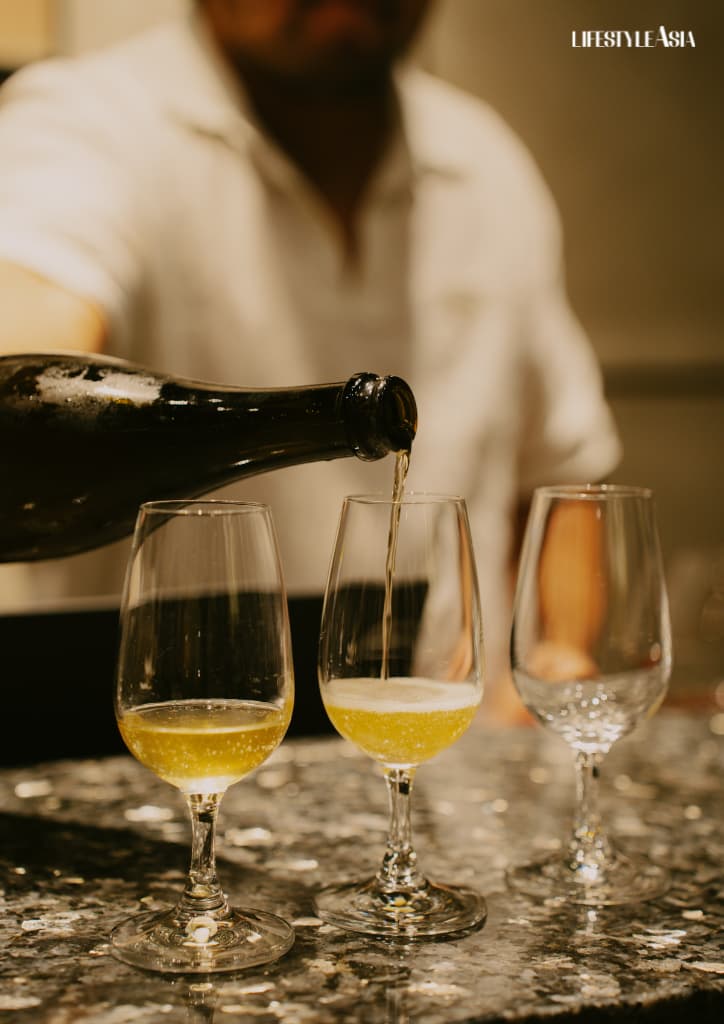
This is why natural wines have a raw, unfiltered character, evident in their slightly cloudy appearance. “It’s unpredictable, vibrant, and alive. It continues to evolve in the bottle and even in your glass,” Kai adds. “And the best part? You don’t need to be a wine expert to enjoy it. It’s playful, approachable, and at times a little funky, but that’s exactly what makes it so exciting.”
Natural wine isn’t a recent invention. It’s the earliest form of wine, existing before modern processes and technologies. Thousands of years ago, the Egyptians, Greeks, and Romans made wines from wild grapes, fermenting them naturally with local yeasts. It wasn’t until the Industrial Revolution that things began to change. “As winemaking became a large-scale industry, producers started using chemical fertilizers, pesticides, and preservatives to create more consistent, mass-produced wines,” Kai explains.
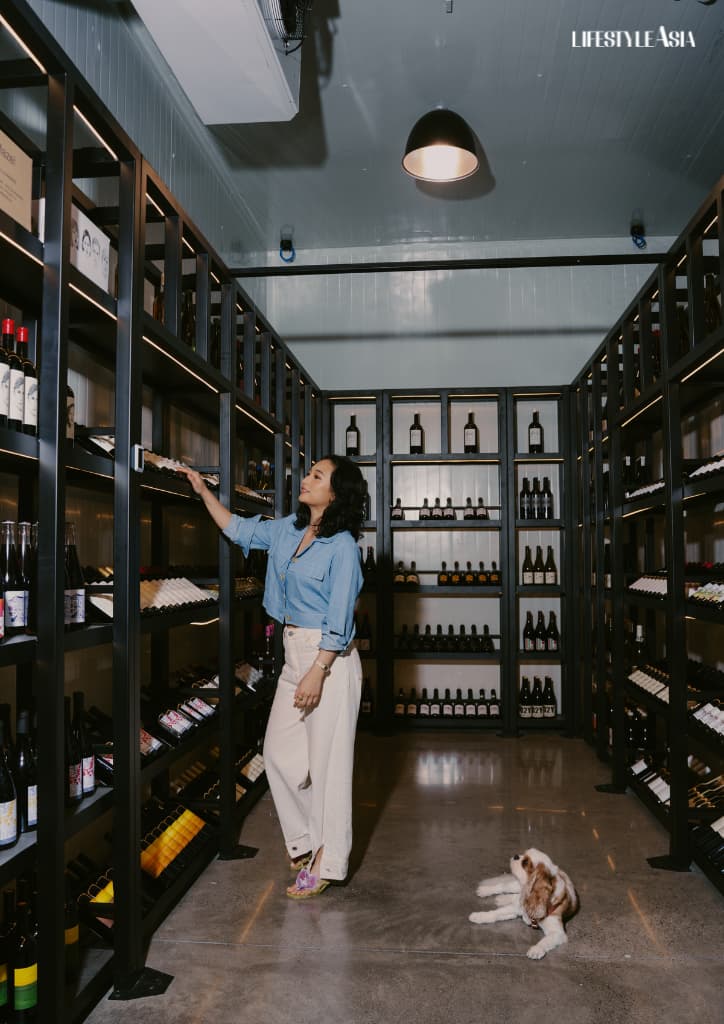
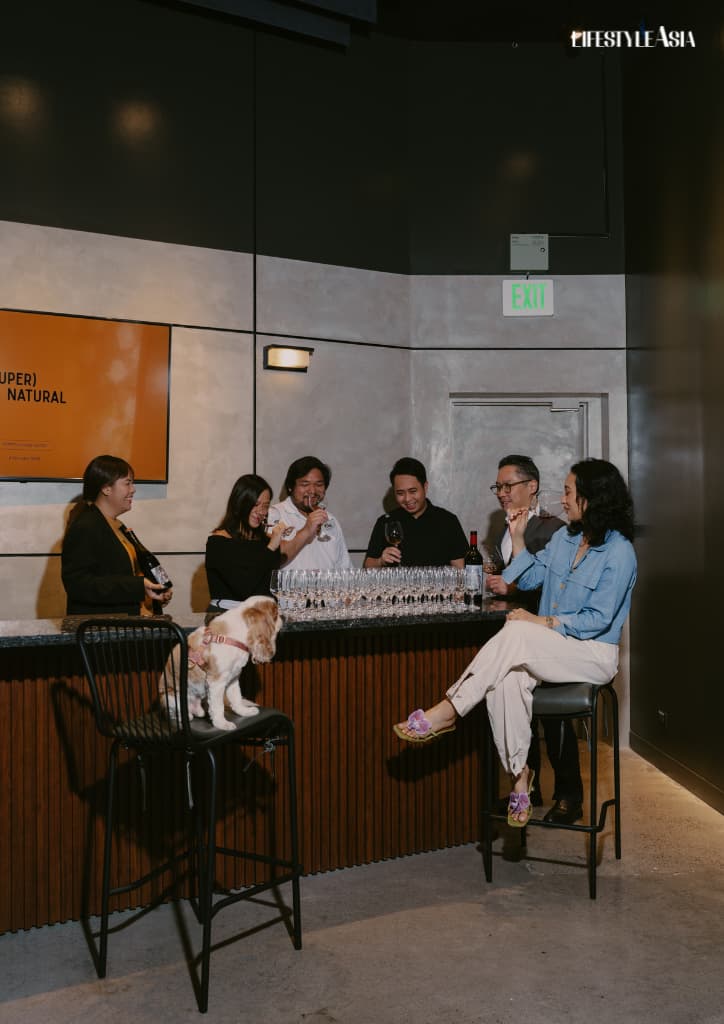
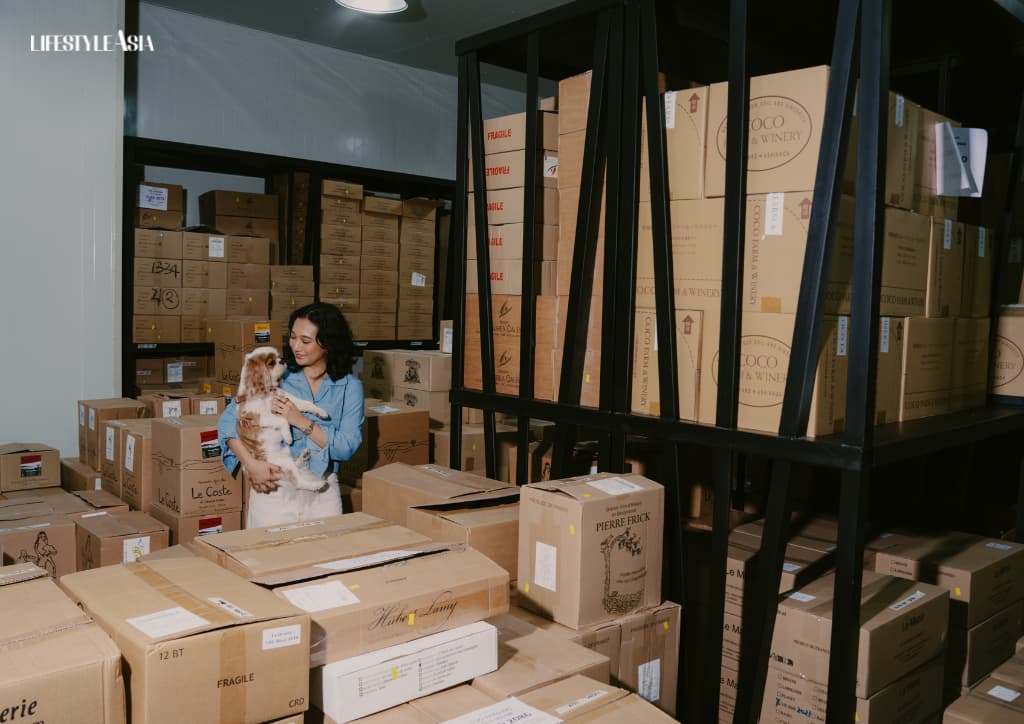
Natural wines experienced a resurgence in the 1970s when winemakers like Jules Chauvet and Marcel Lapierre in France sought to return to traditional, sustainable practices, marking the start of the modern natural wine movement we know today.
Sparking Global Interest
Natural wine is still quite niche, making up a small percentage of the global market. That said, it has its staunch followers. “It has exploded in popularity, especially in cities known for cutting-edge food culture—London, Paris, New York, Copenhagen, and Tokyo,” Kai elaborates.
Paolo and his co-founder, Joey Osmeña, started Bombvinos as a passion project born from their desire to bring natural wines to the Philippines—a market that was virtually non-existent at the time—both informed by eye-opening experiences in San Francisco and New York.
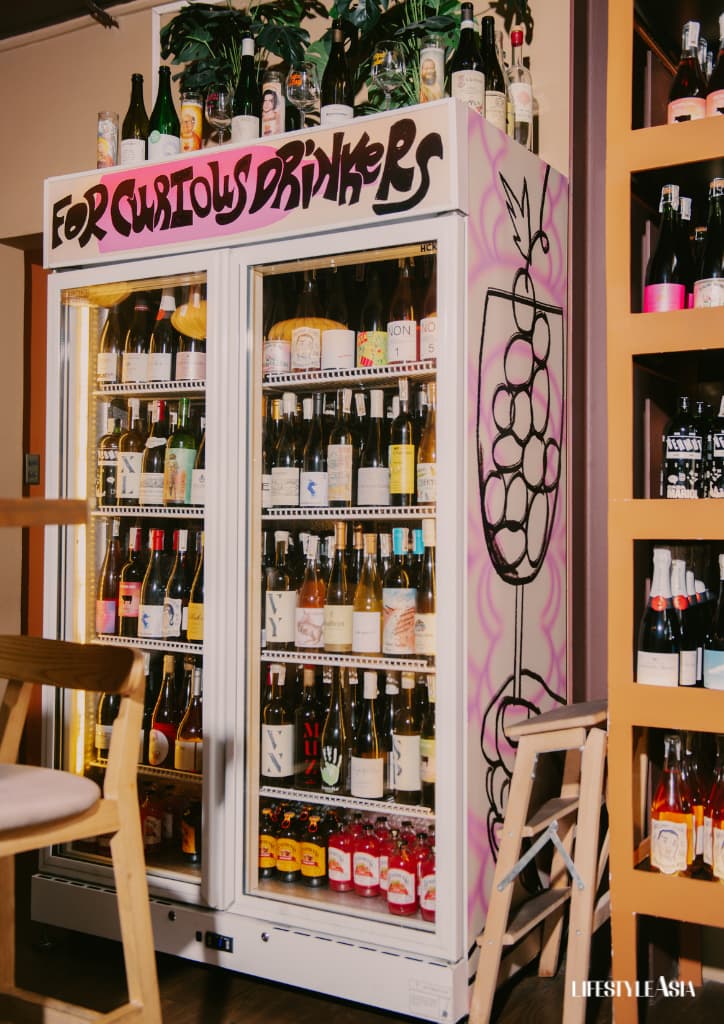
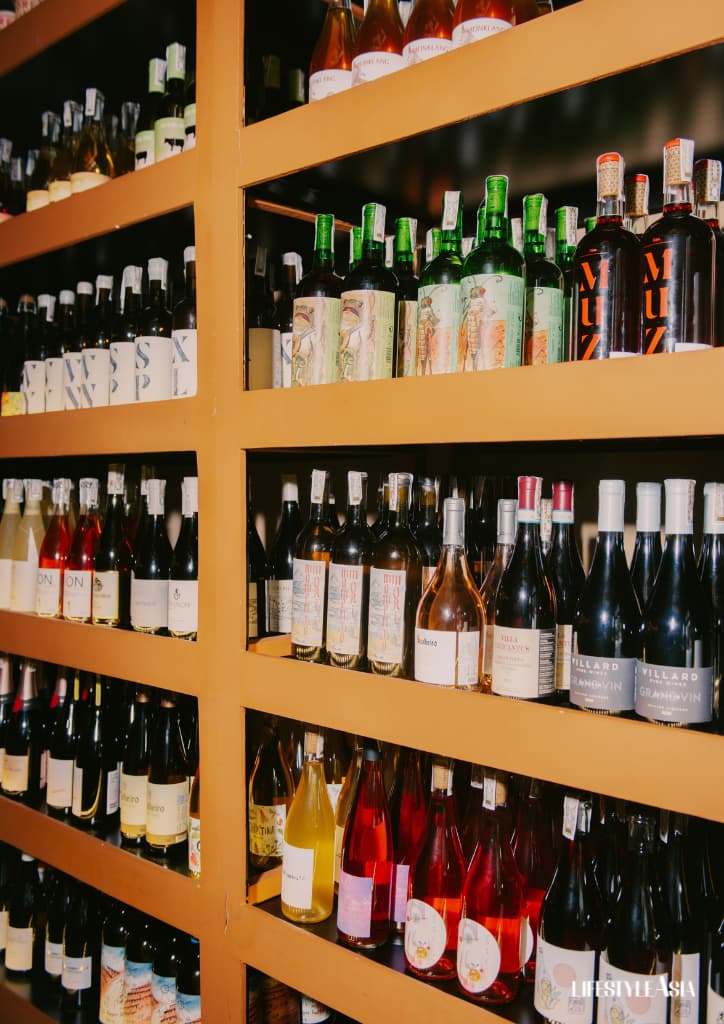
Today, top restaurants around the world have embraced natural wine, with the trend picking up in Asian cosmopolitan cities like Seoul, Tokyo, and Bangkok. In fact, Kai was inspired to start (Super)Natural Wine with her uncle, Rashid Delgado, after his wife, Wonhee, an artist from South Korea, introduced them to the wine.
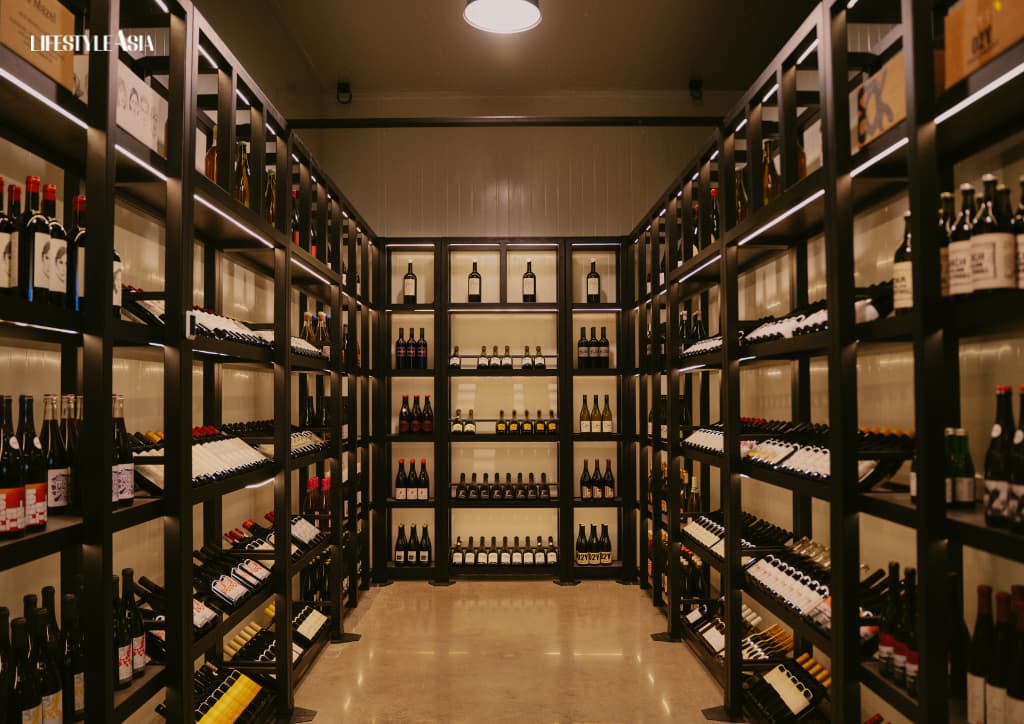
“In the Philippines, more chef-led restaurants are carrying natural wines because they recognize the beauty of pairing them with food,” Kai states. “And with a younger, more curious generation that values authenticity and sustainability, natural wine is becoming more widely accepted.”
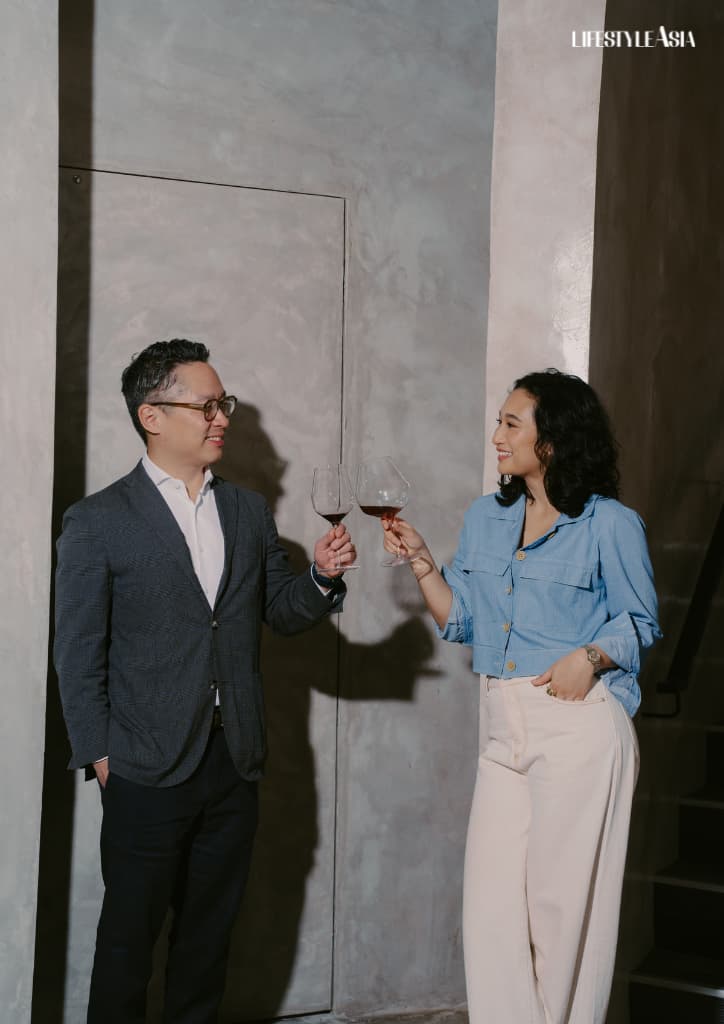
(Super)Natural Wine and Bombvinos offer natural wine tastings paired with local flavors. The former through its resident food consultant, Chef Luis Locsin, and the latter at Bombvinos Bodega, through Chef Don Baldosano’s “Pinoy bistronomy.”
Chef Don also uses natural wines in his modern Filipino dining concept, Linamnam. Both he and Luis agree that Filipino food pairs well with these types of wines. Their subtle notes complement the intensity
of Filipino cuisine, with its salty, sweet, and sour flavors. If you’re looking for dishes to start pairing natural wines with, Don recommends adobo, bistek, and ensalada, while Paolo suggests inasal, all of which offer deep flavors that the wines can really enhance.
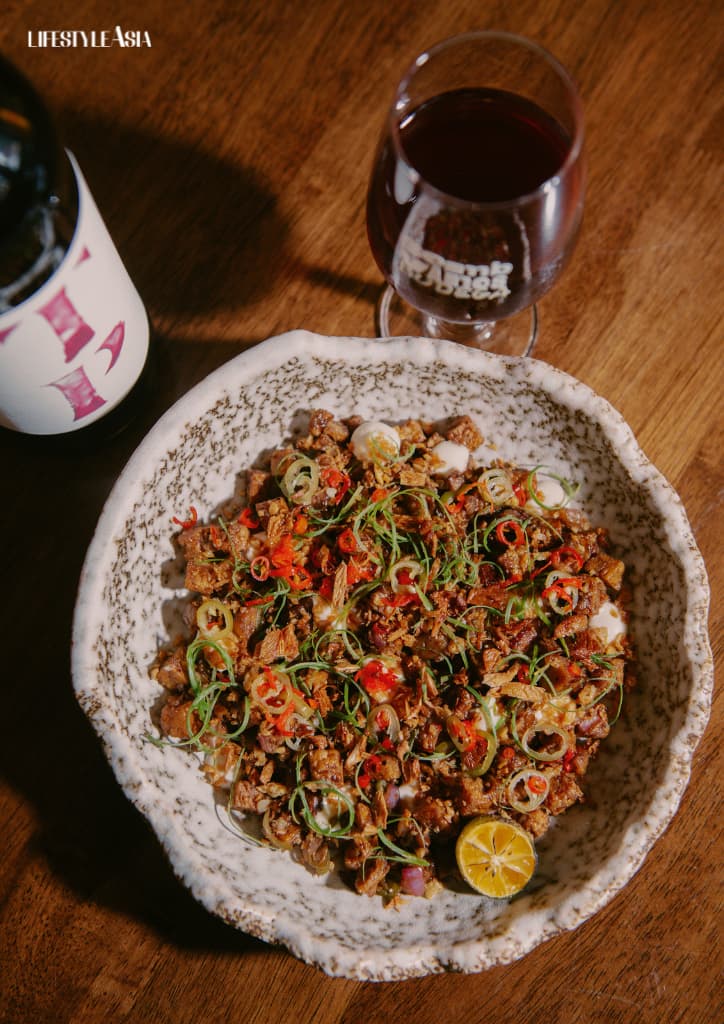
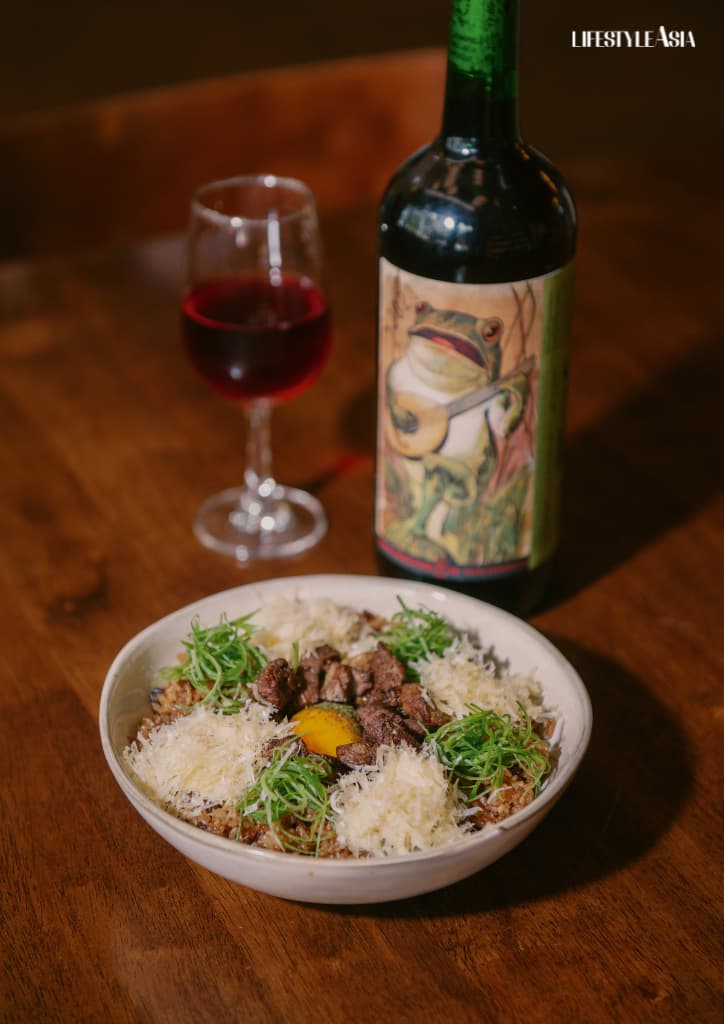
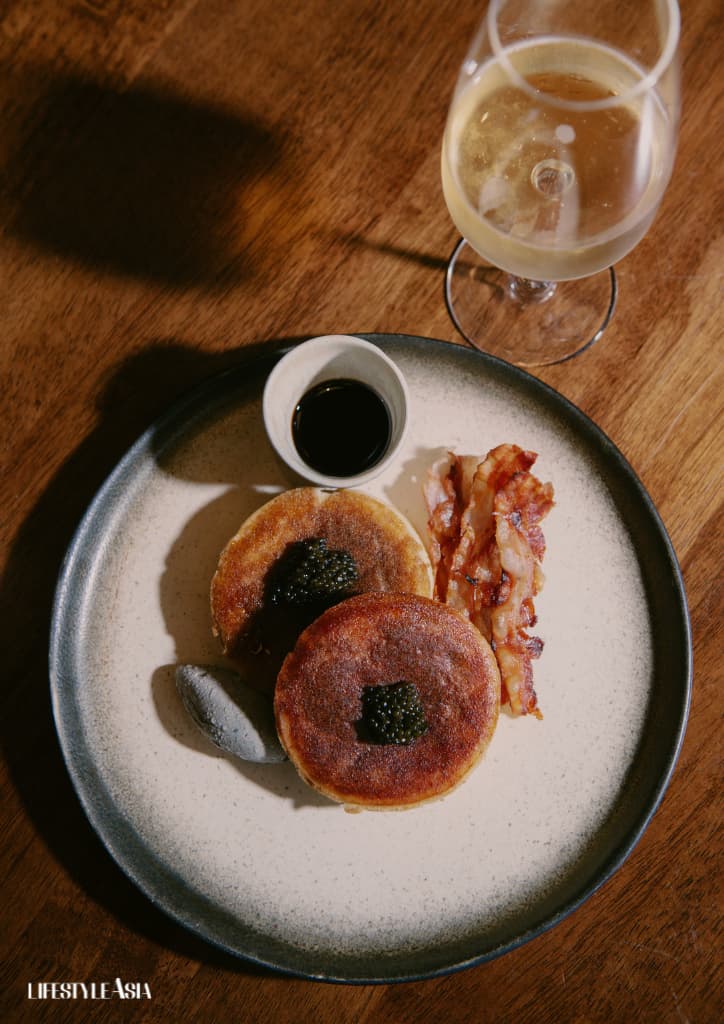
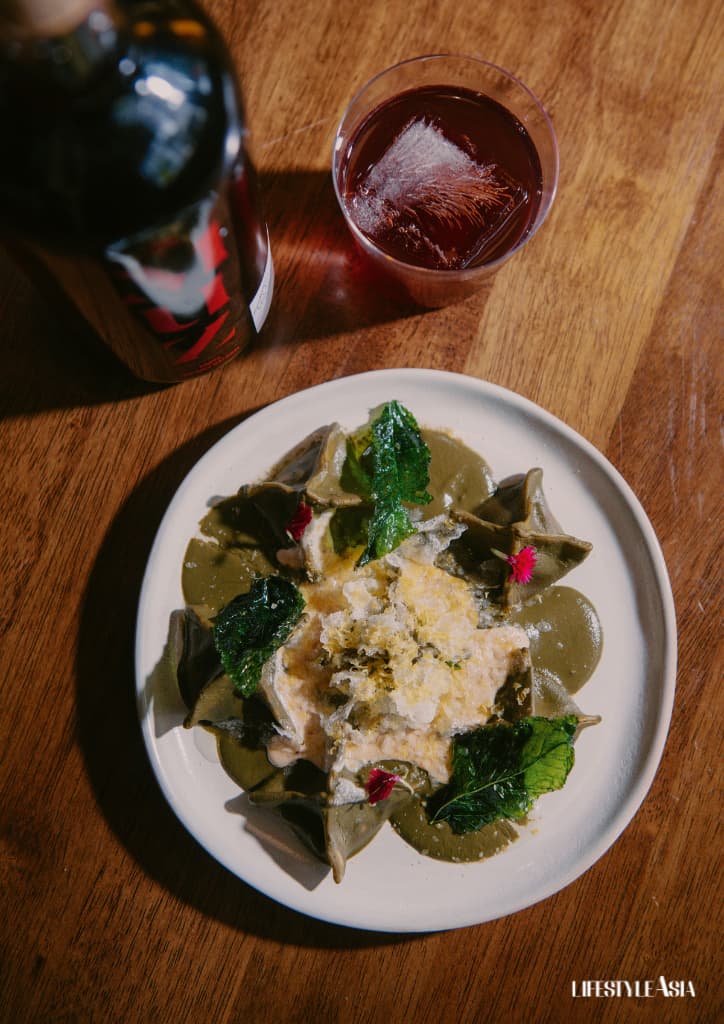
Advice To Take With You On Your Natural Wine Journey
Debunking Myths
After trying out a portfolio of wines at Bombvinos and (Super)Natural Wine’s headquarters, we can attest that there’s something delightfully unique about them. Contrary to popular belief, they’re not limited to a single “funky” or sour profile; rather, they come in a wide range of aromas and flavors.
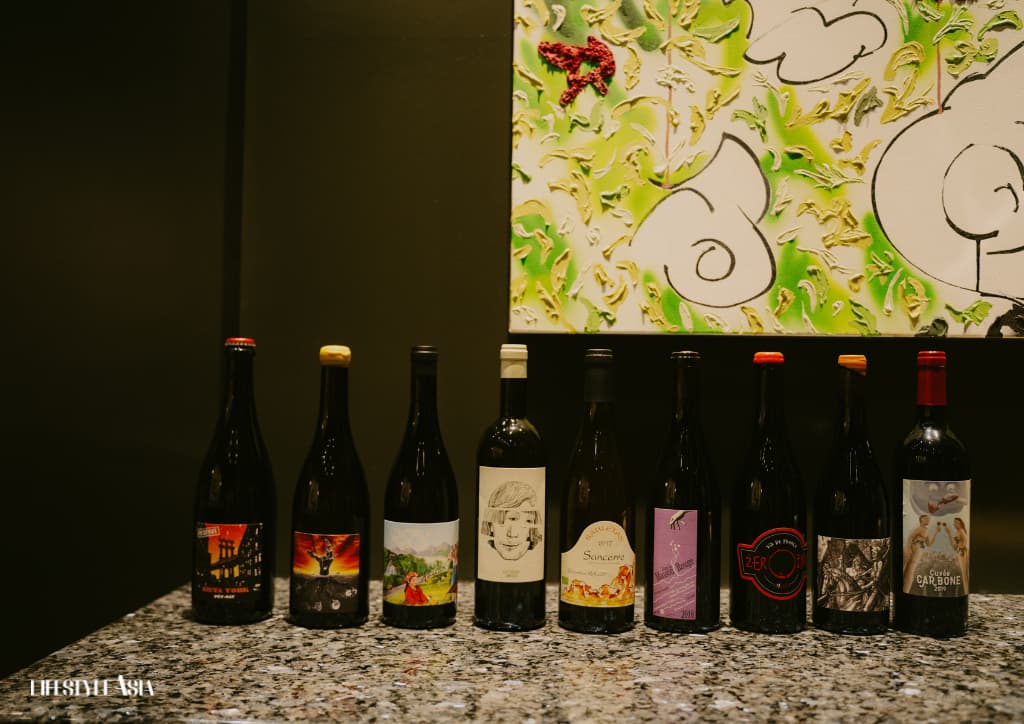
What they share is a pleasant versatility: many of them go down easily, even the more full-bodied red varieties. And when a wine did have a bit of a savory, umami flavor, it was actually enjoyable, not jarring. Here are a few myths surrounding natural wines that ought to be debunked, according to Kai, Paolo, and Chef Don.
“All natural wines are funky”
Kai: Not true! While some have wild, kombucha-like flavors, many taste just like traditional wines—just with a little more vibrancy and personality. We always recommend starting with the more approachable ones before diving into the funkier bottles.
Paolo: There are funky wines, and those are the ones a lot of natural wine drinkers love. At the same time, there are so many other natural wines that are subtle, more similar to Old World wines—they’re just not as highlighted, which is what we’re trying to do at Bombvinos.
Don: Natural wines are actually really diverse in flavors, I would say more so than traditional wines. The sourness is a highlight, but there’s a depth to it that’s really different from other wines as well. “Natural wine doesn’t age well”
Kai: It depends! While some are meant to be enjoyed young, others, especially those made with structure and balance in mind, can age beautifully.
“Natural wine is difficult to store”
Paolo: People always ask us: ‘How do I store natural wines? Is it different from conventional wines?’ It’s exactly the same; you store them the way you would conventional wines, it’s just the process of fermentation that’s different, which involves minimal intervention.
Tips To Remember
So now that your curiosity has been piqued and you’re ready to try some natural wines, Kai and Paolo have a few tips to share for first-timers.
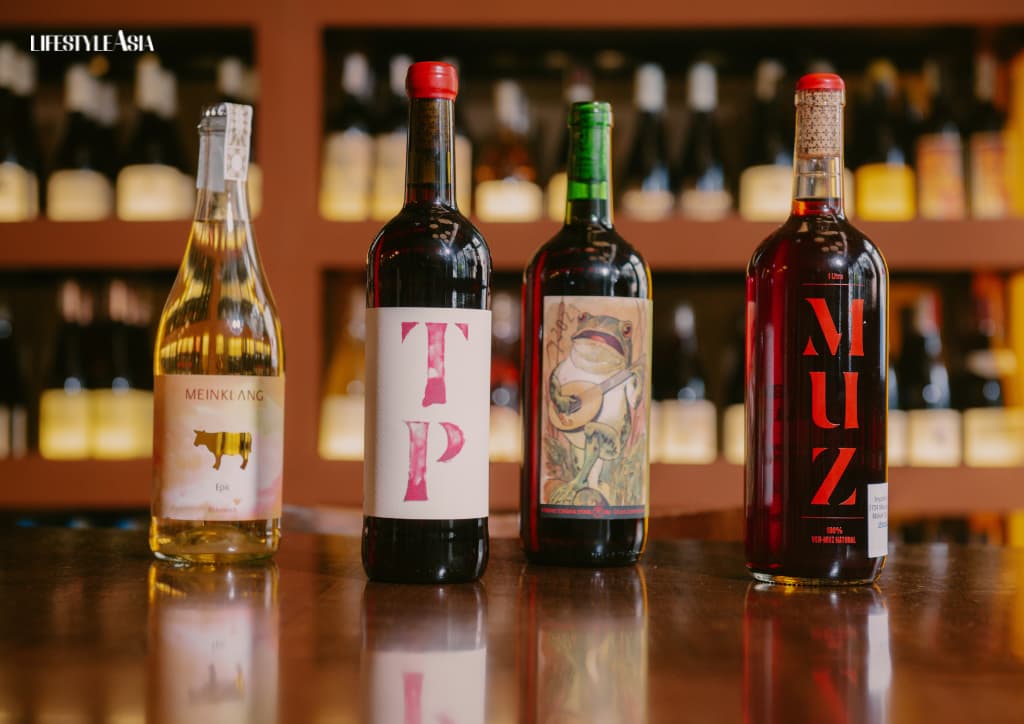
Come In With An Open Mind: First, one can’t fully appreciate the natural wine world without an open mind. “If you expect natural wine to taste exactly like conventional wine, you might miss out on its magic,” Kai shares.
“Keeping an open mind is the biggest lesson I’ve learned working with natural wines,” Paolo adds. “Just be an open book: keep trying, be curious.”
Trust Your Taste: You don’t need to know fancy wine terms, just find what you enjoy. “Don’t be afraid to ask for recommendations: most shops and wine bars will have something approachable for beginners,” Kai shares.
“Lean toward your intuition as well,” Paolo elaborates. “Before, when someone would tell me ‘This wine is good’ but I didn’t agree, it would make me question ‘Do I have bad taste?’ But you should really just follow your gut, follow what you like, and that’s what’s ‘correct.’ You know what tastes good. Remember taste is super subjective. What tastes good to me might be different for someone else.”
Let Go Of The Rules: “Natural wine isn’t meant to be intimidating—it’s meant to be fun!” Kai expresses. And if you’re just starting out, the last thing you need is to be your own worst critic.
This article was originally published in our April 2025 issue.
Photography by Kim Santos and Kieran Punay of KLIQ, Inc.


